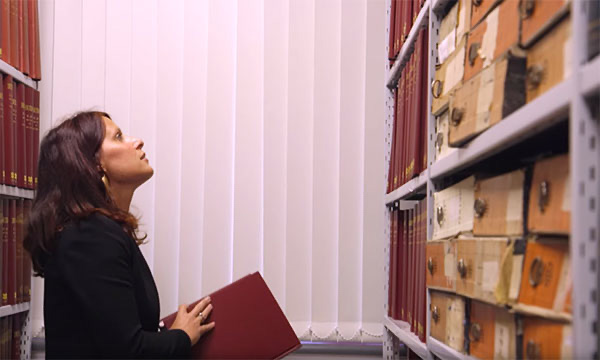We have stated several times that we seek more educational holism in particular, the tentative kind made by students themselves after they study these “exercises in holism.” Let’s explore this.
There’s a short story by Anton Pavlovich Chekhov (29 January 1860 – 15 July 1904), a Russian playwright and short-story writer, who is considered to be among the greatest writers of short fiction in history. In his classic “A Boring Story,” he tells the reader about his inner yearning for some wholeness in his life:
“In my predilection for science, in my wish to live, in this siting on a strange bed and trying to know myself, in all the thoughts, feelings and conceptions I form about everything, something general is lacking that would unite it all into a single whole.
Each feeling and thought lives separately in me, and in all my opinions about science, the theater, literature, students, and in all the pictures drawn by my imagination, even the most skillful analyst would be unable to find what is known as a general idea or the god of the living man.
And if there isn’t that. there’s nothing.”
(Selected Stories of Anton Chekhov, Anton Chekhov, Richard Pevear and Larissa Volokhonsky (translators), Modern Library, 2000, page 104, “A Boring Story”)
The author wants to unite everything (i.e., “something general is lacking that would unite it all into a single whole,” as he puts it).
This is not what we have in mind because there is no “scheme of things” or “unified field theory” that we impart to students. That is for various kinds of “madrasas” (Arabic: مدرسة) including secular ones.
Rather, we encourage students to “walk around” topics, fields, educations, discussions, books, movies, quizzes and exams, lectures, assignments to develop a more “circum-spective” view of knowledge.
Remember “Husserl’s rhomboid.” Edmund Husserl (Heidegger’s teacher, died in 1938) would bring a matchbox to his classes in Germany and get students in his classroom to see that one cannot view the whole matchbox at once nor can rotating it capture all of it. Parts are visible, the whole matchbox is not.
We apply this principle to education and knowledge acquisition and offer the mental habit for students of “homemade” exercises in making more holistic views.
The narrator in Chekhov’s story, yearning to have a god-like view of reality and knowledge and experience (theatre, science, etc.) as a unified “thing” is not our interest since it too elusive.
William James (died in 1910) says several times in his writings that “one mind can’t swallow the whole of reality.” Therefore we avoid such “totalizing” visions in favor of much more modest attempts at connecting things better.


